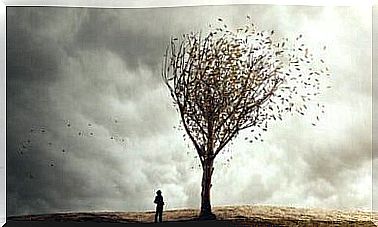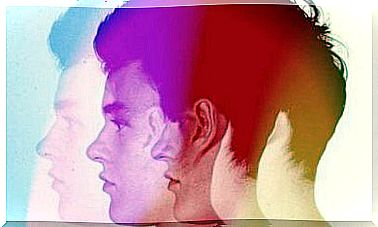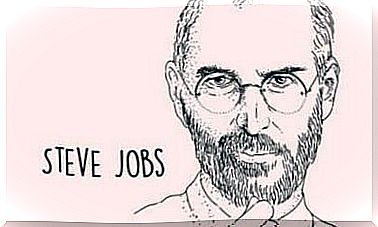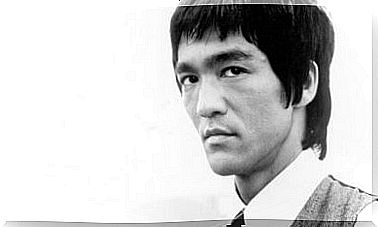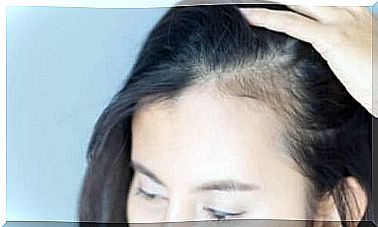Intuitive Theories Versus What Schools Teach
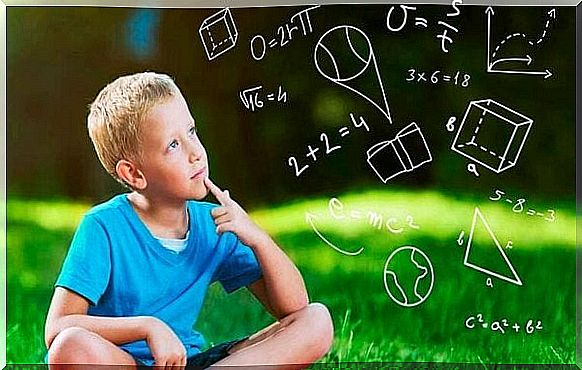
What are the intuitive theories children have? These theories are not based on a complete analysis of reality; quite the opposite. Intuitive theories are based on quickly reasoning on what children observe in reality. This can be called the child’s common sense. An example is when a child thinks the earth is flat.
Since they are considered common sense, these theories can be wrong or very imprecise. If we want children to really learn what reality is, we must break away from these intuitive theories and replace them with theories that explain facts correctly. We think the school should do this, but does it?
Although we have just talked about intuitive theories in childhood, they are formed in childhood, but we stick to and develop these theories throughout life. When an event occurs, whether physical, social or political, about which we do not have enough knowledge, our brain comes up with an intuitive theory for the event. But our common sense is often wrong or imprecise when it comes to major phenomena. It must also be said that the intuitive theories often help in our daily lives.
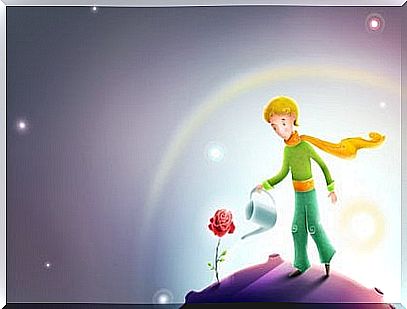
Intuitive theories and school
Here we have a problem – our education system’s curriculum treats students as if they are passive. For most schools, students are empty glasses that they need to fill up with knowledge. However, this is not true. A pupil is like a plant that must be watered so that it can grow freely.
Let’s first talk about why most schools see students as empty glasses. If we go to a typical class, we find about 20 or 30 students sitting in front of a teacher lecturing using a blackboard. They will talk about many things that students need to memorize and then transfer to an exam. In this learning model, it is obvious that the students are only passive participants. Their only task is to listen to the teacher and do as they say.
When students are passive, they do not gain a deep understanding of the subject. They only memorize the literal meaning of what the teacher gives them. So what happens if a student has a wrong intuitive theory and they only passively receive information that disproves it? The answer is that the student continues to believe in his or her intuitive theory while he or she remembers the correct theory. This happens even if they are contradictory.
Two conflicting theories in one place
How is it possible for a student to have two conflicting theories in his head at the same time? This is possible because when they have not gained a deeper understanding of the correct theory, the student ignores the existing contradictions with his intuitive theory.
When the student is at school and a teacher asks them a question, they will look at their memories and answer with the correct theory. But in a real situation, they will use their intuitive theory, which is the one they really believe in.
To understand this, let’s do a little exercise. Take a moment to think about the following questions. If we jump very high up while you are on an escalator, what step do we land on? The same thing we stood on, the one above or the one below?
Intuition tells us that when we jump, we remain in the air while the ladder continues to rise, so we will land on the step that was below. But this is wrong. Newton’s law of inertia tells us that every moving body remains in motion if there are no other forces acting against it. Therefore, we would land on the same step. Because we wanted to maintain the movement – the speed we went up – of the escalator during the jump.
If you answered the question correctly, congratulations! If you answered incorrectly, do not worry. Some physics students were asked this type of question in a survey conducted by psychologist J. Clement, and 88% of them gave the wrong answer. Although they can do complex physics exercises perfectly using the theories they learned when completing their degree. Can we show that students, when asked a question outside of academia, listen to their own intuitive theories.
Is there a solution to this problem?
So what is the solution to ensure that theories that explain reality correctly triumph? It is to ensure that students gain a deep understanding of the correct theories and contradictions with intuitive theories. Unfortunately , the current education system is not able to do this. This is because the system does not treat the student as an active agent for his own learning.
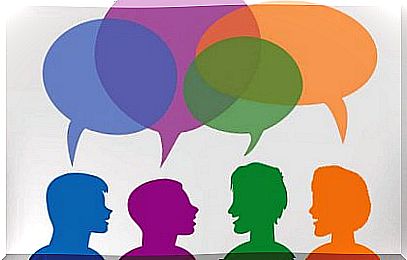
In order to gain a deep understanding and reject wrong theories, the classroom should be a place for debate. A place where students can share their theories and, with the help of the teacher, adjust them so that they are closer to the correct theory.
The question we must answer is: how can we turn the classroom into a space for debate?
